Search the Special Collections and Archives Portal
Search Results
Erma Cunningham Collection on the Eldorado School District, Nelson, Nevada
Identifier
Abstract
The Erma Cunningham Collection on the Eldorado School District, Nelson, Nevada is comprised of materials related to the elementary school that was located in Nelson, Clark County, Nevada from 1941 through 1952. It includes attendance records, student grades, and assorted materials related to education.
Archival Collection
Ken Tiffany Music Scores
Identifier
Abstract
The Ken Tiffany Music Scores (approximately 1956-1999) comprise a collection of published sheet music and original handwritten scores composed by Tiffany. The material also includes several pictures of Tiffany.
Archival Collection
University of Nevada, Las Vegas Institute for Security Studies Training Video on Terrorism
Identifier
Abstract
University of Nevada, Las Vegas Institute for Security Studies Training Video on Terrorism includes copies of the institute's training video for resort employees called "7 Signs of Terrorism" that was produced in 2008. The collection includes English language and Spanish language versions of the video.
Archival Collection
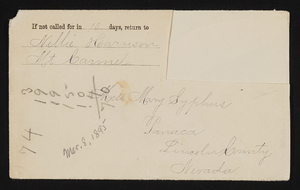
Letter and envelope from Nellie Harrison, Mt. Carmel to Mary Etta Syphus, Panaca, Nevada
Date
Archival Collection
Description
From the Syphus-Bunker Papers (MS-00169). The folder contains an original handwritten letter, a typed transcription of the same letter, the original envelope with the stamp removed, and a copy of the original letter.
Text
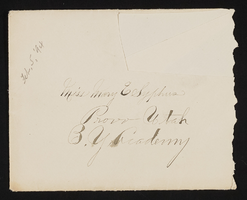
Letter and envelope from John M. Bunker, Logan, Utah. to Mary Etta Syphus, Provo, Utah
Date
Archival Collection
Description
From the Syphus-Bunker Papers (MS-00169). The folder contains an original handwritten letter, a typed transcription of the same letter, the original envelope with the stamp removed, and a copy of the original letter.
Text

Gabriel Garcia oral history interview: transcript
Date
Archival Collection
Description
Oral history interview with Gabriel Garcia conducted by Monserrath Hernandez and Barbara Tabach on November 13, 2019 for the Latinx Voices of Southern Nevada Oral History Project. In this interview, Garcia discusses his early life in Arizona and moving to Las Vegas, Nevada in 1984. He remembers attending a sixth grade center, the Pacific Engineering and Production Company of Nevada (PEPCON) explosion, and attending Las Vegas High School. Garcia talks about Mexican culture in Las Vegas, car clubs, and becoming a graphic designer. Lastly, Garcia discusses his involvement with the Association of Latino Professionals for America, and the idea of diversifying the professional workplace.
Text
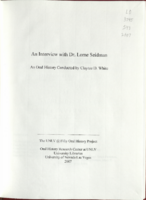
Transcript of interview with Dr. Lorne Seidman by Claytee D. White, November 14, 2006
Date
Archival Collection
Description
Text
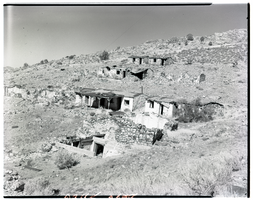
Film transparency of a ghost town, Delamar, Nevada, 1956
Date
Archival Collection
Description
Image
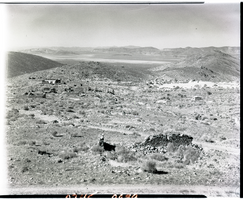
Film transparency of a ghost town, Delamar, Nevada, 1956
Date
Archival Collection
Description
Image
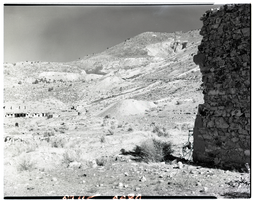
Film transparency of a ghost town, Delamar, Nevada, 1956
Date
Archival Collection
Description
Image
